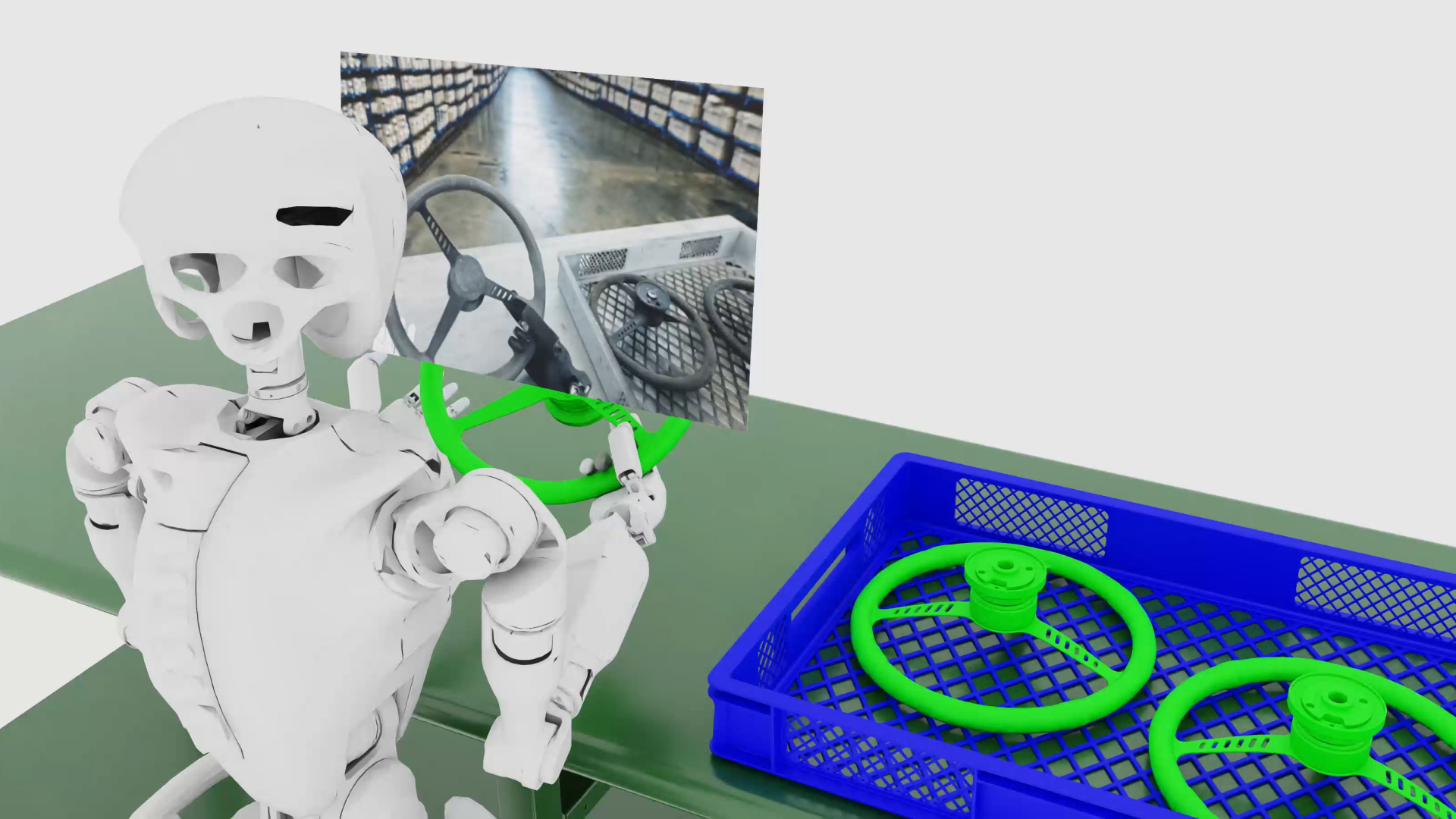
Isaac Sim - Robotics Simulation and Synthetic Data Generation | NVIDIA
NVIDIA Cosmos: The AI Breakthrough Revolutionizing Robotics Training

Isaac Sim - Robotics Simulation and Synthetic Data Generation | NVIDIA
Imagine trying to teach a robot how to navigate a busy warehouse or perform delicate surgery. Sounds complicated, right? Traditionally, training robots has been a laborious and expensive process, often requiring countless hours of real-world testing and data collection. But what if there was a better way? Enter NVIDIA Cosmos, a groundbreaking AI platform that's changing the game for robotics training.
What is NVIDIA Cosmos?
NVIDIA Cosmos is a platform of generative world foundation models designed to create realistic and diverse synthetic data for training robots. Think of it as a virtual playground where robots can learn and practice in simulated environments, without the risks and limitations of the real world. Cosmos includes Cosmos Reason, a 7-billion-parameter "reasoning" vision language model (VLM) for physical AI and robotics, that allows robots and AI agents to reason using prior knowledge, physics understanding, and common sense to understand and act in the real world.
So, why is this such a big deal? Well, consider the challenges of training a robot to, say, sort packages in a distribution center. You'd need to expose the robot to thousands of different packages, lighting conditions, and potential obstacles. This requires a significant investment in time, resources, and, of course, a very patient team of engineers. Cosmos offers a shortcut by generating endless variations of these scenarios in a virtual environment, allowing robots to learn much faster and more efficiently.
Why is Cosmos so Impactful?
The impact of Cosmos can be felt across several key areas:
- Accelerated Development: By providing access to vast amounts of synthetic data, Cosmos significantly speeds up the development and training process for robots.
- Improved Performance: Robots trained on Cosmos-generated data are better equipped to handle real-world scenarios, leading to improved performance and reliability.
- Reduced Costs: The ability to train robots in simulation reduces the need for expensive real-world testing, resulting in significant cost savings.
- Enhanced Reasoning: The Cosmos Reason model allows robots to not just see, but also understand and reason about their environment, leading to more intelligent and adaptable behavior.
But it's not just about efficiency. Cosmos also opens up new possibilities for training robots in situations that would be too dangerous or impractical to replicate in the real world. Imagine training a robot to respond to a chemical spill or navigate a disaster zone. With Cosmos, these scenarios can be simulated with incredible realism, allowing robots to develop the skills they need to handle even the most challenging situations.
My Take: A Giant Leap for Robotics
In my opinion, NVIDIA's Cosmos represents a giant leap forward for the field of robotics. It's not just about making training easier; it's about unlocking the full potential of AI-powered robots. By providing a platform for generating realistic synthetic data and imbuing robots with reasoning capabilities, Cosmos has the potential to transform industries ranging from manufacturing and logistics to healthcare and disaster response. I believe that Cosmos is not just a tool, but a catalyst for innovation, paving the way for a future where robots can work alongside humans to solve some of the world's most pressing challenges.
What do you think? Is NVIDIA's Cosmos the key to unlocking the next generation of robots? How might this technology impact your industry or daily life?
References
- NVIDIA. (2025). Isaac Sim - Robotics Simulation and Synthetic Data Generation. Retrieved from https://developer.download.nvidia.com/images/isaac/sim/nvidia-cosmos-ari.jpg
